 A question that is often asked about self-remembering can be formulated like this: if man is mechanical, if he has no single ‘I’ or self, then what is it that remembers?
A question that is often asked about self-remembering can be formulated like this: if man is mechanical, if he has no single ‘I’ or self, then what is it that remembers?
The short answer to this question is that it is our accumulated ‘being’ that remembers. But it is difficult to see the long body of our being because it is usually fragmented by lying, by imagination and identification, and by buffering.
Lying. Ouspensky called man a ‘lying animal.’
As it is understood in ordinary language, lying means distorting or in some cases, hiding the truth, or what people believe to be the truth. This lying plays a very important part in life, but there are much worse forms of lying, when people do not know that they lie. ~ P. D. Ouspensky
We lie because we live our lives in a state where it is impossible to know the truth. This state (the second state) is dominated by personality, which forms a mask over the reality not only of the world but also of our being. It separates us from our self. Especially in the beginning stages of inner work, seeing our being means seeing that we are asleep, that we act mechanically, and that there are large portions of our lives where we are absent.
For a man who is not trying to awaken, these perceptions are burdensome and difficult to process, so in order not to go mad—I mean this literally—he needs to lie to himself, and to reinforce those lies he also tells them to other people. Much of what we think of as education and religion and culture (popular and otherwise) is an unintentional conspiracy of lies. It is a kind of agreement that people have with each other; we essentially say if you don’t talk about the mechanical nature of my being, I won’t point out that you live your life in sleep.
When people react negatively to the necessity of inner work, it is often because the ideas of conscious evolution threaten to expose the lies they tell themselves. As a young man I was part of a meeting that introduced the Gurdjieff work to a Catholic priest. He was also young, and when we asked him why he was interested in learning more about Gurdjieff’s ideas, he said that a few students at the seminary where he lived—it wasn’t clear whether he was a student or a teacher—had read one of Ouspensky’s books and that they were interested in knowing more. What was strange about the meeting was that as we introduced the ideas—of different states of consciousness, of knowledge and being, of the many ‘I’s’—he drank three or four cups of coffee, which we offered, and laughed inappropriately at many points throughout the hour or so that meeting took up. At first it struck me as very odd, but then I saw that his laughing was his way of buffering the power of the ideas. After we made our presentation, he stood with us in the kitchen of the house where the meeting was held and told us without any prompting that ‘All salvation is through Jesus Christ.’ None of us contradicted his statement, and this seemed to please him. He smiled, shook the hands of everybody in the room, and then made an excuse and quickly left. What struck me about his statement was that he was lying to himself, and that on some level he knew that he was lying to himself.
First of all, the statement ‘all salvation is through Jesus Christ’ can to some extent be justified by New Testament quotes. Most of these quotes are from Paul, who very clearly preached a way of salvation based on a belief in the resurrection of Jesus Christ. If we look at what we know of Paul’s experience, his gospel, expounded in his letters, makes sense. Paul’s conversion is based on an initial revelatory experience in which Jesus, already dead by crucifixion, appears to him on the road to Damascus. The point of the experience to many Christians and religious scholars is that the figure in the vision is Jesus, but really if you look at it from an esoteric point of view, the significance of the experience for Paul is that it is a verification that a part of Jesus survived death, and that, by inference, a part of him may also survive death. For Paul this verification became, to use a modern term, an obsession.
From existing accounts, we can guess that Paul was a passionate and probably an impatient man. In a very short period of time he goes from persecuting the followers of Jesus to being their most enthusiastic defender. Clearly when he believed something, he believed it with all his being.
I did not judge that, among you, I knew anything except Jesus Christ, that is, Jesus Christ crucified. And I came to you in weakness and much fear and trembling, and my message and my preaching did not consist in persuasive words and wisdom but in the revelation of spirit. ~ Corinthians 2.1 – 2 (Lattimore translation)
From an esoteric point of view what Paul is trying to accomplish with his letters is 1) describe his revelation—the letters contain three different accounts—and 2) teach the methods and disciplines that he believes will bring individual members to, as he calls it, the revelation of spirit. In esotericism connecting to a heightened state, what Gurdjieff called higher centers, is a primary focus because, when higher centers function, other ideas are understood. And to some extent I think this is what Paul was trying to accomplish.
This emphasis on his own revelation and the revelatory nature of inner work eventually gave Paul a dual reputation in the ancient world. The Orthodox Church responded to his emphasis on the death and resurrection of Christ (Paul’s personal vision), and on the moral exercises he propounded as a foundation to belief, and the Gnostics responded to his emphasis on the visionary nature of the religious experience.
Valentinus, arguably the most successful Gnostic teacher, claimed to have derived his ideas from Theodas, a disciple of Paul. Already in Corinthians we find Paul dealing with the same sort of problems—spiritual pride, imaginary ecstatic states, and the problems of sex and marriage—that later plagued the Gnostic churches.
Gnostic writings often reverse the pattern of the New Testament. Instead of telling the history of Jesus biographically, from birth to death, Gnostic accounts begin where the others end—with stories of the spiritual Christ appearing to his disciples. ~ Elaine Pagels (The Gnostic Gospels)
This is exactly where Paul’s gospel begins: his own revelation and a vision of Christ. It also has to be remembered that the Gnostics claimed to have a secret teaching from Paul that was kept secret from the uninitiated. We don’t know the validity of these claims, but it’s clear, even from the four traditional gospels, that some knowledge (gnosis) was held back.
It’s hard for us to imagine a culture where information is not immediately available, where there is no internet, where every book has to be copied out by hand. In Mediterranean life in the first century, it was difficult to come by knowledge, especially for the lower classes (the main body of Christians). In our time it is different; in our time it is difficult to pick out knowledge that is valuable (esoteric knowledge) from the vast sea of worthless and distracting information.
What I see when I read the letters of Paul is a teacher who is trying to find ways to communicate his personal verification that death is an illusion—the implication of his vision—not a man who is thinking about how his ideas and words will be taken by future generations. His insistence on his version of salvation through the death and resurrection of Christ seems to me to be a reaction to failures of the two primary traditions of his time, the Jewish and pagan traditions, both of which had lost touch with their esoteric roots. In the first century the Jewish tradition had become imprisoned by its restrictions or ‘laws,’ and the pagan tradition had become mired in decadence. Paul wanted to create a new way that was not as restrictive as Judaism and more disciplined than paganism. What he came up with was basically the first model of moral Christianity.
But more importantly this new way was based on the revelation of Christ, not because Paul had studied the sayings of Jesus or because he was inspired by the life of Jesus, but because he had had a vision of the risen Christ. It is a strange fact that Paul, who must have been familiar with the sayings of Jesus and the stories of his miracles, doesn’t quote Jesus or use examples from his life. (The Gospels of Matthew, Mark, Luke, and John we were written after Paul, but it is generally thought that there were texts of the sayings of Jesus in Paul’s lifetime and that the early Christians told and retold stories of the life of Jesus.) If Paul had been deeply inspired by the sayings of Jesus, then these sayings almost certainly would have appeared now and again in his letters, but they don’t. Paul’s genius was to create a school—in his lifetime it can hardly be called a church—that used the name of Jesus, but was in reality about his revelations and his methods of awakening.
You can see that when Paul says: For I determined not to know anything among you, save Jesus Christ, and him crucified, there is a lot to consider.
Now let’s look at what ‘all salvation is through Jesus Christ’ has come to mean today. In my experience it almost always means that all other paths cannot lead to salvation. It means, to put it bluntly, that Christianity is right and that all other religions or ways are wrong. What the young priest was telling us that afternoon was that the work that we were involved in couldn’t lead anywhere because we didn’t recognize Jesus Christ as our personal savior.
What I understood about him was that ‘all salvation is through Jesus Christ’ was a lie that he told himself because it was a statement that allowed him to retreat back to a place of comfort. Clearly the information we had given him was difficult for him to digest—his inappropriate laugher was his way of buffering it—and his statement to us was his way of regaining the equilibrium he had felt before the meeting. His pronouncement allowed him to retreat into a world where he was not many ‘I’s, where he was not asleep, and, most importantly, where his belief would save him.
The primary lies we all tell ourselves are that we are conscious, that we have will, and that we are always the same person. The problem is that we all have higher centers, and even those who are convinced that higher states are imaginary, will sometimes find themselves in a place of higher perception. In other words we all see our sleep. And how we react to these moments is dependent on our being. Students of conscious evolution are not afraid of these perceptions because they know that such states are evidence of awakening, but people without any knowledge or experience with self-remembering and higher states inevitably react with lies, imagination and identification, and buffering because their personalities, which they take as their selves, find the truths uncovered in self-observation unacceptable.
Buffering. We all have traumatic events in our lives or events where we acted in a way that we are ashamed of or would like to forget. In chapter 12 in In Search of the Miraculous Ouspensky relates the attempts he and his St Petersburg group made to tell the ‘story of their lives,’ an exercise that Gurdjieff demanded of his students.
I proceeded further but almost immediately I felt a certainty that there were many things that I had no intention whatever of telling. This was a quite unexpected realization. I had accepted G.’s idea without any opposition and I thought I would be able to tell the story of my life without any particular difficulty. But in reality it turned out to be quite impossible. Something in me registered such a vehement protest that I did not even attempt to struggle [against it]. ~ P. D. Ouspensky
There are memories, and again we all have them, that contradict the imaginary picture of who we think we are. In ordinary life this is not usually an issue. Difficult memories are ignored or buffered, and many people can live quite happily pretending that painful events don’t affect them. But the nature of conscious evolution has a tendency to bring such memories to the forefront of consciousness. In order to understand why this is the case, we need to understand the mechanics of higher centers, and in particular how they function in traumatic events.
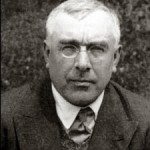 In the midst of a trauma lower centers are often overwhelmed and stop functioning. (The result of this is what is generally called ‘a state of shock.’) In this state higher centers, usually the higher intellectual center, record (or absorb) the experience because personality, which in normal circumstance stands between experience and higher centers, ceases to act as a buffer. This is why some people have difficulty remembering a trauma. After the trauma is over and personality again becomes uppermost in their day-to-day consciousness, there is no longer a connection to higher centers, and in order to access these memories we need to return (psychologically) to the state where they are stored. But to be completely unaware of a trauma is rare; most people have at least a haphazard connection to their higher centers.
In the midst of a trauma lower centers are often overwhelmed and stop functioning. (The result of this is what is generally called ‘a state of shock.’) In this state higher centers, usually the higher intellectual center, record (or absorb) the experience because personality, which in normal circumstance stands between experience and higher centers, ceases to act as a buffer. This is why some people have difficulty remembering a trauma. After the trauma is over and personality again becomes uppermost in their day-to-day consciousness, there is no longer a connection to higher centers, and in order to access these memories we need to return (psychologically) to the state where they are stored. But to be completely unaware of a trauma is rare; most people have at least a haphazard connection to their higher centers.
In cases of Post Traumatic Stress Disorder (PTSD) traumatic memories exist in higher centers but are still undigested by lower centers. Lower centers may be unable to process a memory either because of its intensity or because the event contradicts some basic personality beliefs. The symptoms—nightmares, unwarranted anxiety, flashbacks, and sleeplessness—occur because the event is untransformed. People with strong personalities may be able to successfully buffer traumatic events, but generally not without some symptoms. The body remembers, even if the mind and the emotional center refuse to deal with the memory.
Part of the training of a solider is a hardening of personality. They are essentially taught to buffer traumatic events on the battlefield. This is accomplished by reinforcing certain attitudes, which typically have to do with survival, patriotism, vengeance, or ‘being a man.’ The attitudes, whatever they are, must be drilled into soldiers who participate in war, because, no matter what we tell ourselves, the killing of another human being, even if we consider him an enemy, is a terrible and potentially disabling memory to have as part of the experience of higher centers.
The problem is that in higher centers, particularly in the higher intellectual center, the past and the present are essentially one sign, or one experience. This is why it is common for a new trauma to call up old traumas. They are not only connected in content, but are also connected by the place where they are experienced. The problems associated with traumas are further compounded because in most cases the person has no understanding of higher centers and is not making any efforts to connect to them. Students of conscious evolution typically will have a wider variety of different kinds of experiences, both positive and negative, connected to higher centers, but people without this training will often connect to higher centers only in moments of danger or trauma, which means that they will associate the experience of the state connected to higher centers as something negative or as something to be avoided.
What this all means for students of conscious evolution is that at a certain point in the development of higher centers, old traumas will need to be confronted and transformed. In my experience there is no need to force this process. Much can be done before this transformation becomes necessary. But it will eventually become necessary in order for inner work to continue. To understand why this transformation is essential, it is probably easier to think of higher states as a place where you go, and old traumas, whether we want to admit it or not, are a permanent part of that landscape. And since they are not going to go away, they need to be transformed into something that feeds back into self-remembering like kindness or strength or humility.
The growth of higher centers can be seen as a road that is sometimes lit and is sometimes in darkness. The road begins at birth and ends at death. Each time we experience a higher state, both when we make an effort to awaken higher centers or when they appear accidentally, the events experienced at that point in the road are lit; when we are asleep, in the second state, the road is dark. When the road is dark, we see nothing, we move forward in a kind of non-existence. When the road is lit, we are able to see where we are in the moment as well as other points where it was lit in the past. The various points of light eventually form an impression of a life, not just an impression of a single moment. And if the light becomes persistent and bright enough, it will light up the points of darkness in a way that connects consciousness to the experience of an entire life.
The self that remembers can be an inexperienced being, someone, for example, who has just discovered self-remembering and has only accidental higher states in their past, or someone who has twenty or thirty years of self-remembering behind them. It’s important to remember that self-remembering over time has a physiological effect on the body. This is explained in some detail in the ‘food diagram’ in In Search of the Miraculous.
If we could succeed in bringing the production up to its possible maximum we should then begin to save the fine ‘hydrogens.’ Then the whole of the body, all the tissues, all the cells, would become saturated with these fine ‘hydrogens.’ ~ Gurdjieff (from In Search of the Miraculous)
The effect of this is a series of changes in being in which we become more gathered up in moments of presence. This is a little hard to describe because in a real way we continue to be present and remember ourselves in the same way we always have. Most of our moments of self-remembering will be little more than a simple awareness of ourselves in the place where we are. In other words they will not bring any startling perceptions or new understandings. What experience brings is a difference in the sense of self. The more you engage in self-remembering and inner work, the more consistently you will be able to bring all of the experience of your life (your being) to the forefront of your consciousness.
In a sense, what we are doing when we remember ourselves is exposing higher centers to the experience of our lives in the same way that trauma opens us to higher centers, except that we do it deliberately, in ordinary circumstances.
Imagination and Identification. When someone says about another person ‘He forgot himself’ or ‘She forgot who she was,’ it means that the man or woman did something that was uncharacteristic, usually in a negative way. Maybe they became angry and said things they regretted or maybe they acted childishly in a situation that called for maturity and strength. These expressions are good examples of how sometimes everyday language expresses a deeper esoteric reality. In this case the reality is that man is many ‘I’s and collections of ‘I’s (personalities) that are not organized by his deepest being.
One of the ways we work on connecting to our being is by working against imagination and identification. Imagination and identification are major impediments to seeing the reality of our being, imagination because it involves us in qualities that we do not possess and in scenarios that never happened, and identification because it blinds us to a larger picture of the world and binds us to negative emotions and contradictory ‘I’s.
Efforts to work against imagination and identification cleanse the moment and, in a sense, get it ready for self-remembering. It cannot be stressed too much that simple moments of self-remembering, where we see what is in front of us and hear what is around us, are the foundation of our being. If we want to become an infinite being then we must first conceive of the idea of an infinite effort, and for now we are calling that effort self-remembering. But at the same time it would be ludicrous to assume that an infinite being would not eventually possess an infinite perception.
The progress of our being is mathematical. We add to its infinite nature one moment at a time, and since it is built up over time we must not expect all or even most of our efforts to yield infinity; we must be content when they yield the moment.
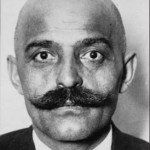 Belief is not part of the fourth way, but at the same time it is necessary for us to believe in our capacity to make effort. We must believe that self-remembering has the potential to connect to the deepest and most expansive parts of our being, and that experiences that become memories in higher centers accumulate in a way that forms a higher self. It is this self that remembers the steps that lead us back to awakening, and it is awakening, the revelation of spirit, that will be our salvation.
Belief is not part of the fourth way, but at the same time it is necessary for us to believe in our capacity to make effort. We must believe that self-remembering has the potential to connect to the deepest and most expansive parts of our being, and that experiences that become memories in higher centers accumulate in a way that forms a higher self. It is this self that remembers the steps that lead us back to awakening, and it is awakening, the revelation of spirit, that will be our salvation.

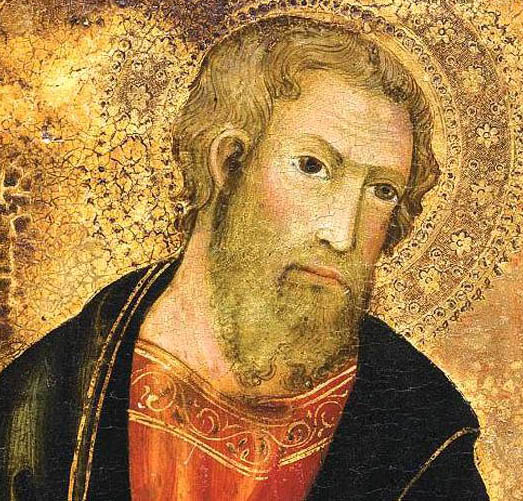
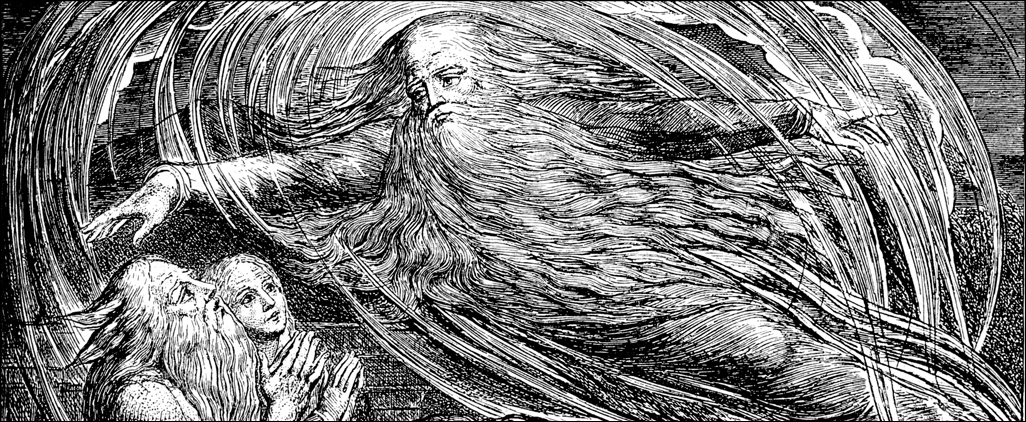
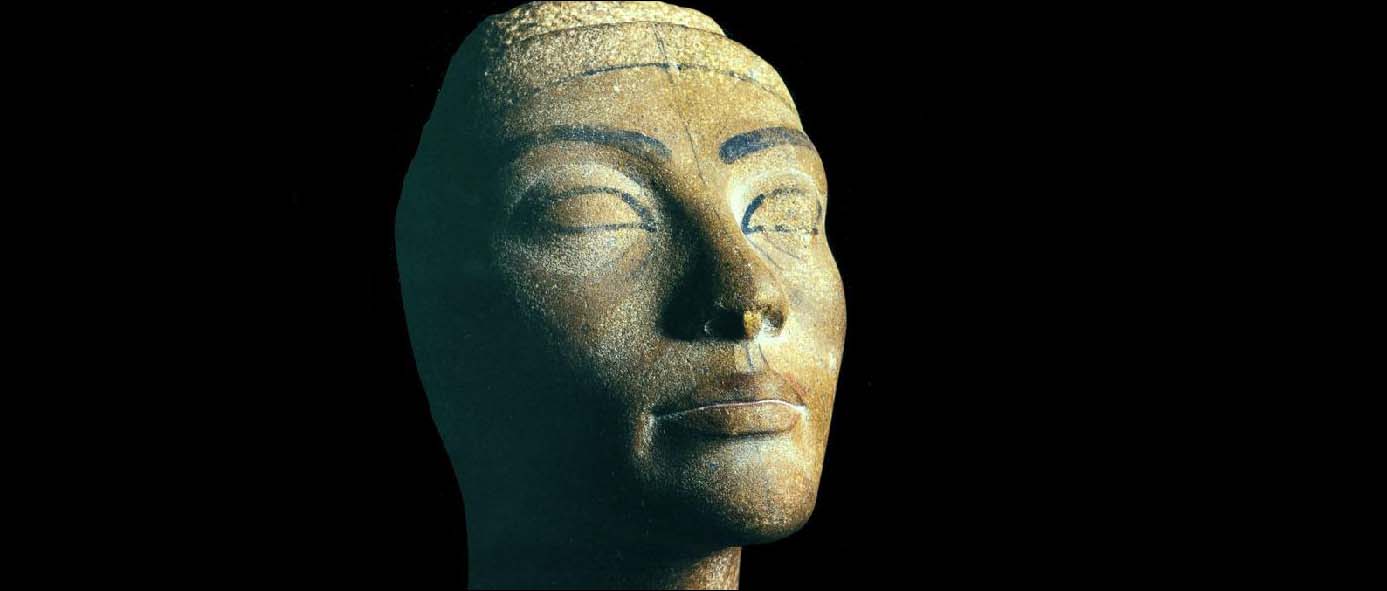

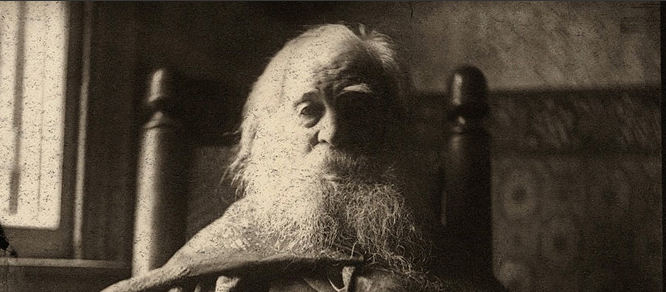





Very good article. Thanks for emailing it to me.
Excellent – Thank you . Much material to ponder on and (God willing ) transform into finer substance.
Thank you.
You wrote
lying, by imagination and identification, and by buffering.
Have you thought about how these compare to Patanjali’s “right thought, wrong thought, imagination, memory and deep sleep”?
I’m not familiar Hindu thought. Maybe others can comment.
Much appreciated your wording perception.
Although,
as you said, in the second paragraph ‘much of what we think as education and religion and culture is an unintentional conspiracy of lies’
I know if I didn’t have those what you called unintentional conspiracy of lies is a framework for us to be able to extrapolate off it gives us some reference points, and there is some archetypal structures within
being to understand on the many different starters,levels of our consciousness.. and embodying our realities the learning curve is the conscious curve.
Thank you very much Christmas/Hanukkah/equinox 2024